Professor Damith Herath is the Founder and leader of the Collaborative Robotics Lab (CRL). His work focuses on exploring how robots and humans can collaborate, with an emphasis on the intersection of engineering, psychology, and the arts. His interdisciplinary approach actively seeks insights across diverse fields, promoting innovation and collaboration that transcends traditional disciplinary boundaries.
From a young age, Damith was captivated by the world of machines. At age 10, he taught himself to program a Commodore computer using just a single book, marking the beginning of a lifelong love for programming and building.
Damith’s academic journey began with a Bachelor’s degree in Mechanical Engineering in Sri Lanka. He later pursued a PhD at the University of Technology Sydney (UTS), where his research focused on Simultaneous Localisation and Mapping (SLAM). His academic contributions led him to a position as a Lecturer at the University of Canberra, where he continues to foster a research environment centred on curiosity and knowledge exploration with a strong emphasis on industry-led research.
With a unique background that spans engineering and robotics, and theatre and art, Dr. Herath’s work at CRL is not confined to technical advancements alone. He is deeply interested in understanding the dynamics of human-robot interactions from both technical and social perspectives, making significant contributions to fields such as secure robotics, healthcare, and education, among others. His leadership at CRL reflects a commitment to pushing the boundaries of robotics research while maintaining a strong focus on interdisciplinary collaboration.
 Maleen Jayasuriya
Maleen Jayasuriya

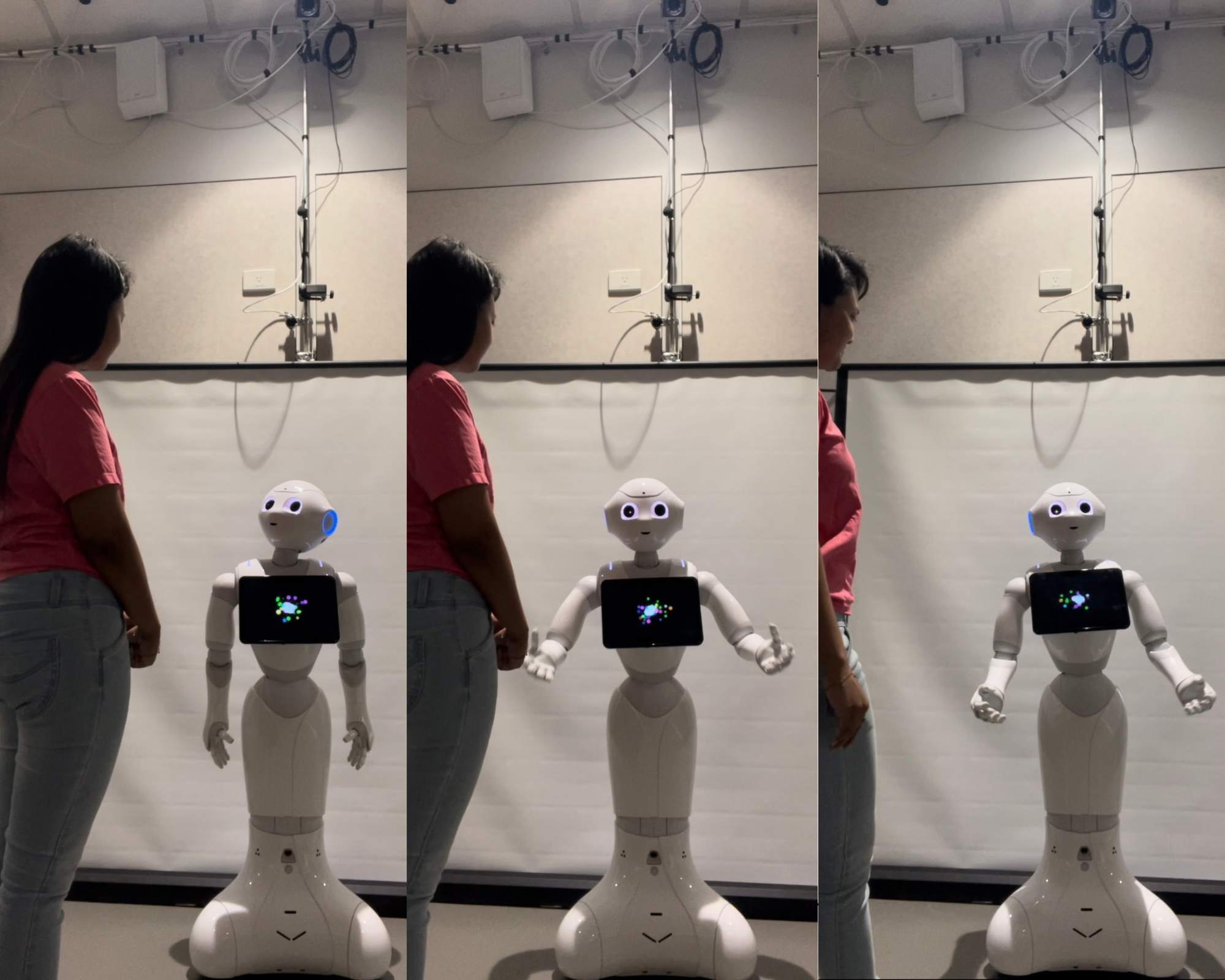

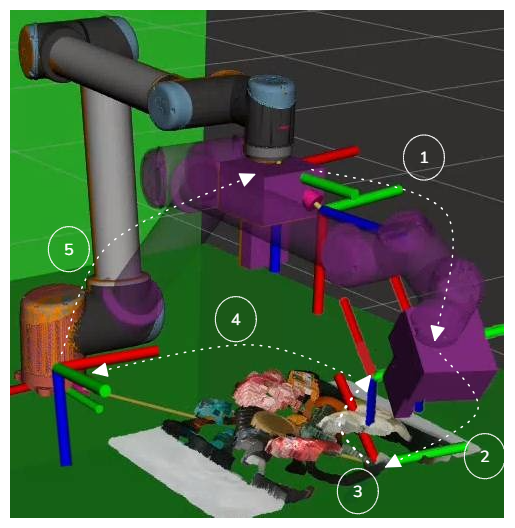
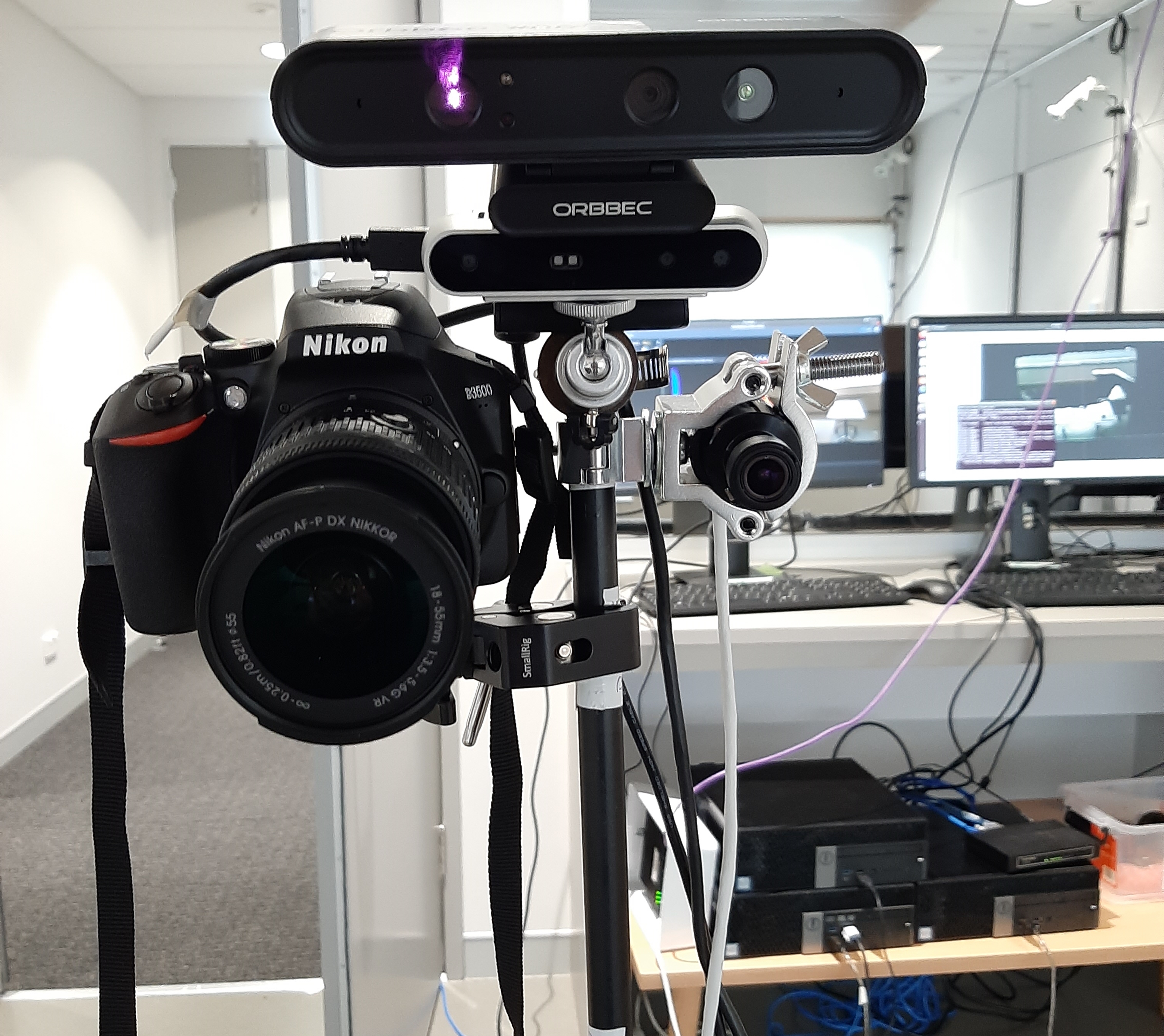
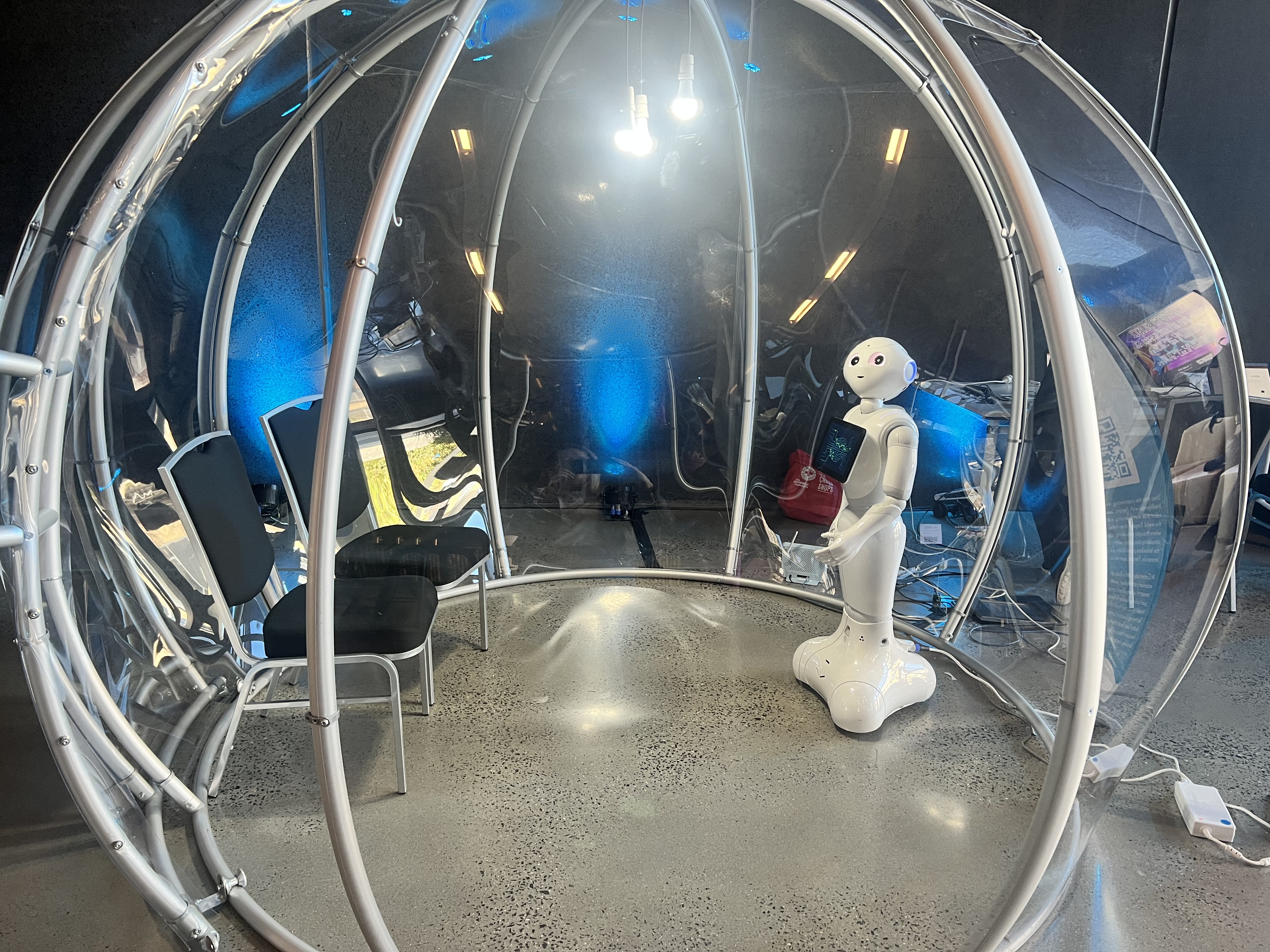
 Janie Busby Grant
Janie Busby Grant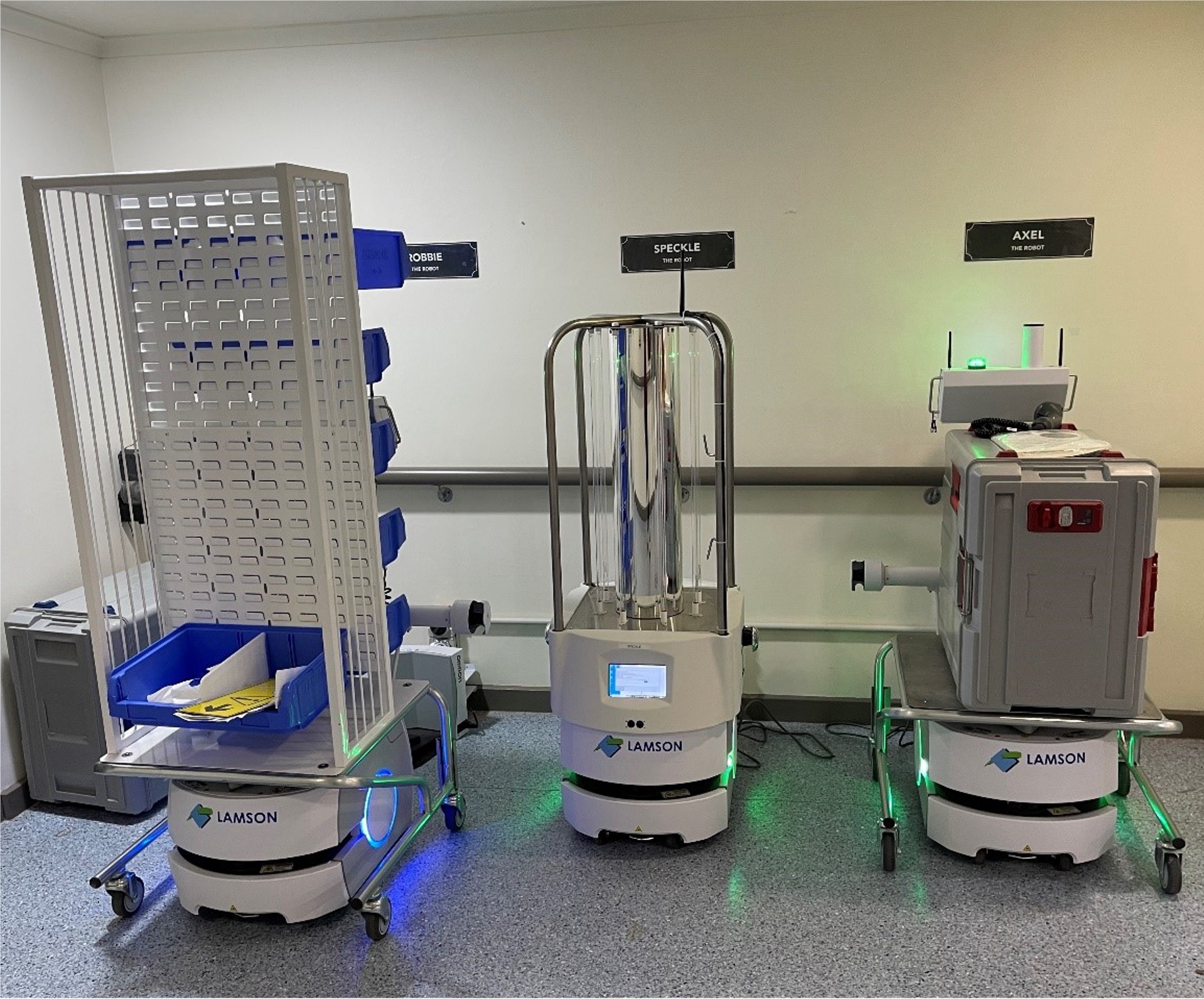
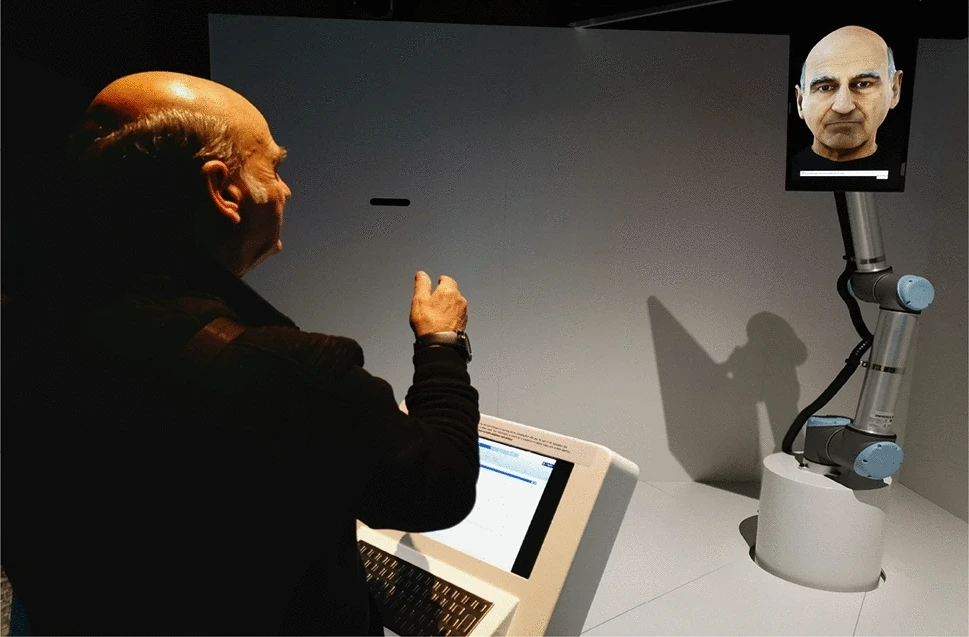

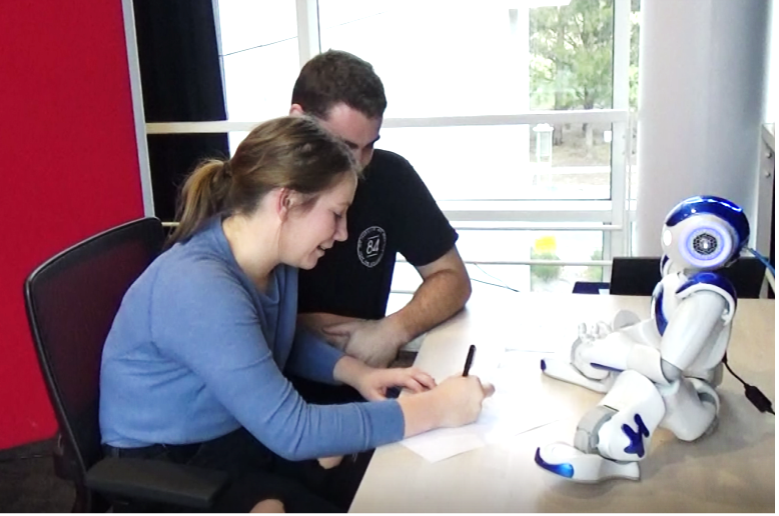
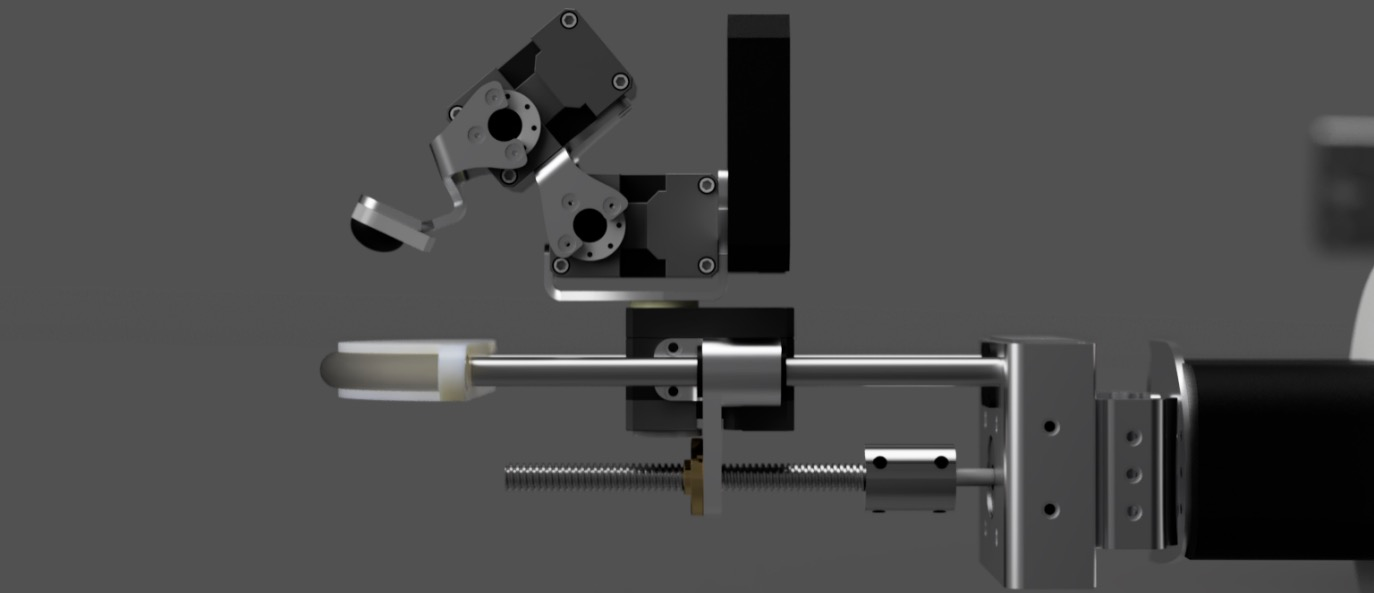
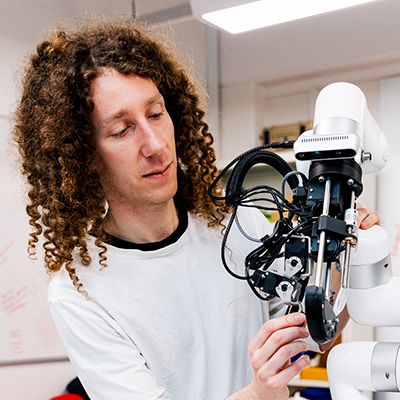 David Hinwood
David Hinwood